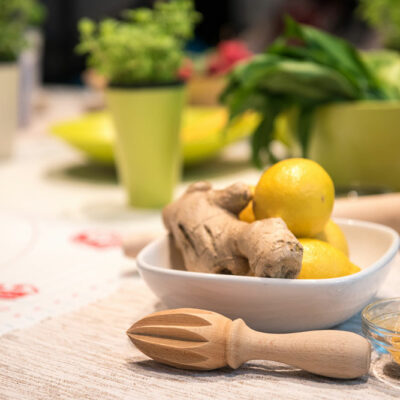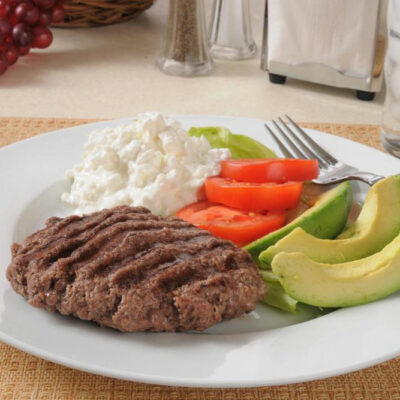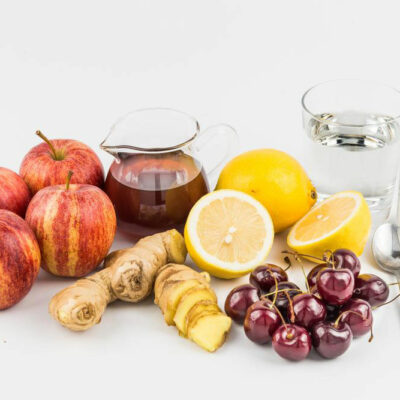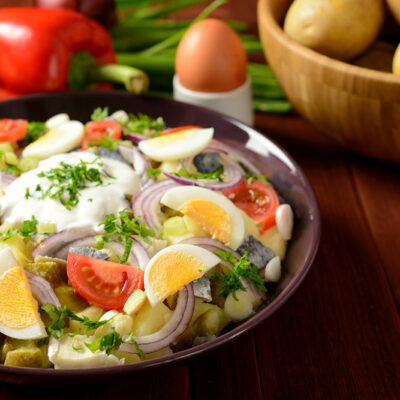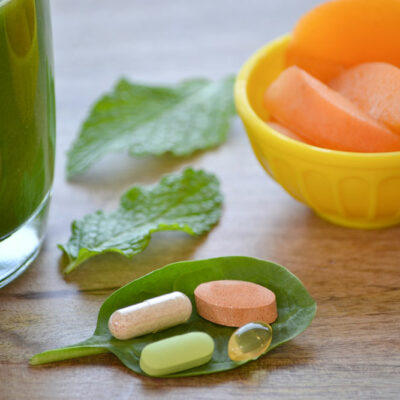4 foods that help manage pulmonary arterial hypertension

A rare but severe lung disease, pulmonary arterial hypertension, or PAH, results in narrowed blood vessels, making it difficult for the heart to pump blood. PAH can increase the risk of heart failure. While there are medications to decrease the severity of disease, incorporating the following foods in daily meals can keep the heart healthy by preventing the progression of PAH and its symptoms. Consult a nutritionist before making any changes in your meal plans.
Dark leafy greens
Pulmonary arterial hypertension limits the arteries’ ability to transfer oxygen-rich blood from the lungs to other parts of the body. Dark leafy greens such as spinach and kale have high amounts of iron, which can increase red blood cell count, thereby increasing its efficiency in carrying oxygenated blood. This can also decrease the risk of heart disease. Other iron-rich foods include lean red meat, shellfish, legumes, pumpkin seeds, and quinoa. However, doctors recommend limiting leafy greens if patients take blood thinners.
Berries
Inflammation can worsen pulmonary arterial hypertension as it can reduce the elasticity of blood vessels. Hence, it is important to incorporate foods that help reduce inflammation. Berries like blueberries contain lycopene and flavonoids, improving elasticity and blood flow. Other anti-inflammatory foods include watermelon, olive oil, salmon, and dark chocolate.
Citrus fruits
Incorporating foods rich in iron may not be sufficient as other nutrients are required to absorb the iron for improving its effectiveness. Citrus fruits such as orange, pineapples, and kiwis are rich in vitamin C, which helps blood absorb iron, thereby improving its oxygen-carrying capacity. Other foods rich in vitamin C include tomatoes, broccoli, and red and yellow bell peppers.
Garlic
Restricted blood flow in the lungs is one of the major causes of pulmonary arterial hypertension. Hence it is important to include foods in daily meals that facilitate blood flow in the lungs. Garlic contains a compound called allicin which widens blood vessels, thereby easing the restricted blood flow and reducing the severity of pulmonary hypertension. Both raw and cooked garlic can be consumed to reap its benefit. However, make sure to eat raw garlic within an hour of chopping as nutritionists suggest allicin in garlic gets destroyed if kept for too long.

